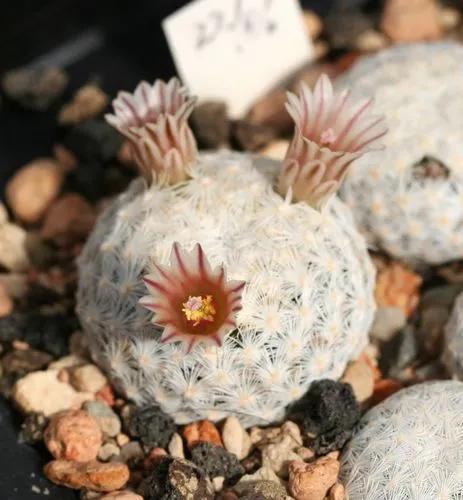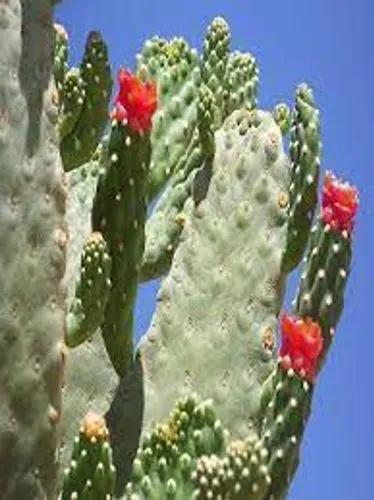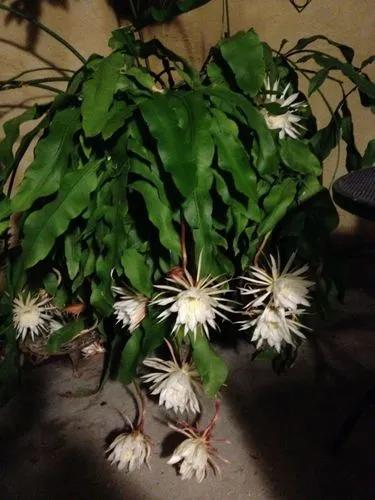The Moon Ruby Ball Cactus is a low-maintenance, eye-catching plant that works well in various settings. Its distinct appearance and hardiness make it a popular choice for experienced and inexperienced gardeners.
Moon Cactus Care
Gymnocalycium mihanovichii



Gymnocalycium mihanovichii is a species of cactus from South America. The most popular cultivars are varied mutants which completely lack chlorophyll, exposing the red, orange, or yellow pigmentation.
Also called "Moon Cactus" and “Red Cup Cactus”, this plant has a small, spherical shape with distinctive, curved spines and deep red or purple flowers. The colorful red top is a gymnocalycium, which refers to the flower buds bearing no hair or spines. While the lower green cactus could be any number of varieties (usually a Hylocereus cactus). The main job of the lower cactus is to display the gymnocalycium at an advantageous height.
How to Care for the Plant

Water

As with most succulents, this cactus requires little water. Give it a drink only when the top of the soil is completely dry. Water the Moon Ruby Ball Cactus thoroughly, preferably in the morning, ensuring the water reaches the plant's roots.

Pruning

Rarely is pruning required for Moon Ruby Ball Cactus. If the plant's stem becomes lanky, trim it back a few inches (cm) to stimulate growth. Before and after use, sterilize your pruning tools to prevent the spread of disease.

Fertilizer

Nourish your Moon Ruby Ball Cactus once every 4-6 weeks with a balanced 10-10-10 NPK liquid fertilizer during the spring-summer growing season. Make sure not to overfeed the plant, as it can burn the delicate root tissue.

Sunlight

Moon Ruby Ball Cactus prefers indirect sunlight. Put the plant in a bright location where it can receive at least 6 hours of bright, indirect sunlight per day. Avoid exposing the cactus to direct sunlight, as it can cause sunburn.

Soil

Sandy, well-draining, slightly acidic (6-7 pH) soil would be the most beneficial for Moon Ruby Ball Cactus. This prickly greenie needs little soil, so use a shallow pot filled with a cactus mix or a combination of garden soil, perlite, or pumice.

Propagation

Stem cutting is the best way to propagate Moon Ruby Ball Cactus. Cut off a healthy stem and dry it for a few days. Plant the stem in the cactus mix and lightly moisten the soil. The cuttings should root within several weeks.

Temperature

The warm climate of 60-80°F (15-27°C) temperature range would be the best for Moon Ruby Ball Cactus grows. It can tolerate as low as 50°F (10°C) and as high as 95°F (35°C); however, it's better to avoid drafts and temperature fluctuations when growing cacti.

Container

Choose a pot slightly larger than the plant's root ball, preferably made of organic materials such as terracotta or unglazed clay. For a smaller plant, a container with a diameter of 4-6 inches (10-15 cm) may be suitable. A larger cactus may require a bigger pot of 8-10 inches (20-25 cm) wide.

Fun fact

It's funny that the Moon Ruby Ball Cactus'es common name is derived from the deep red color of its flowers, which resemble rubies. These flowers bloom in spring or summer, with edible fruits following them.

Popularity

25,450 people already have this plant 4,738 people have added this plant to their wishlists
Discover more plants with the list below
Popular articles






